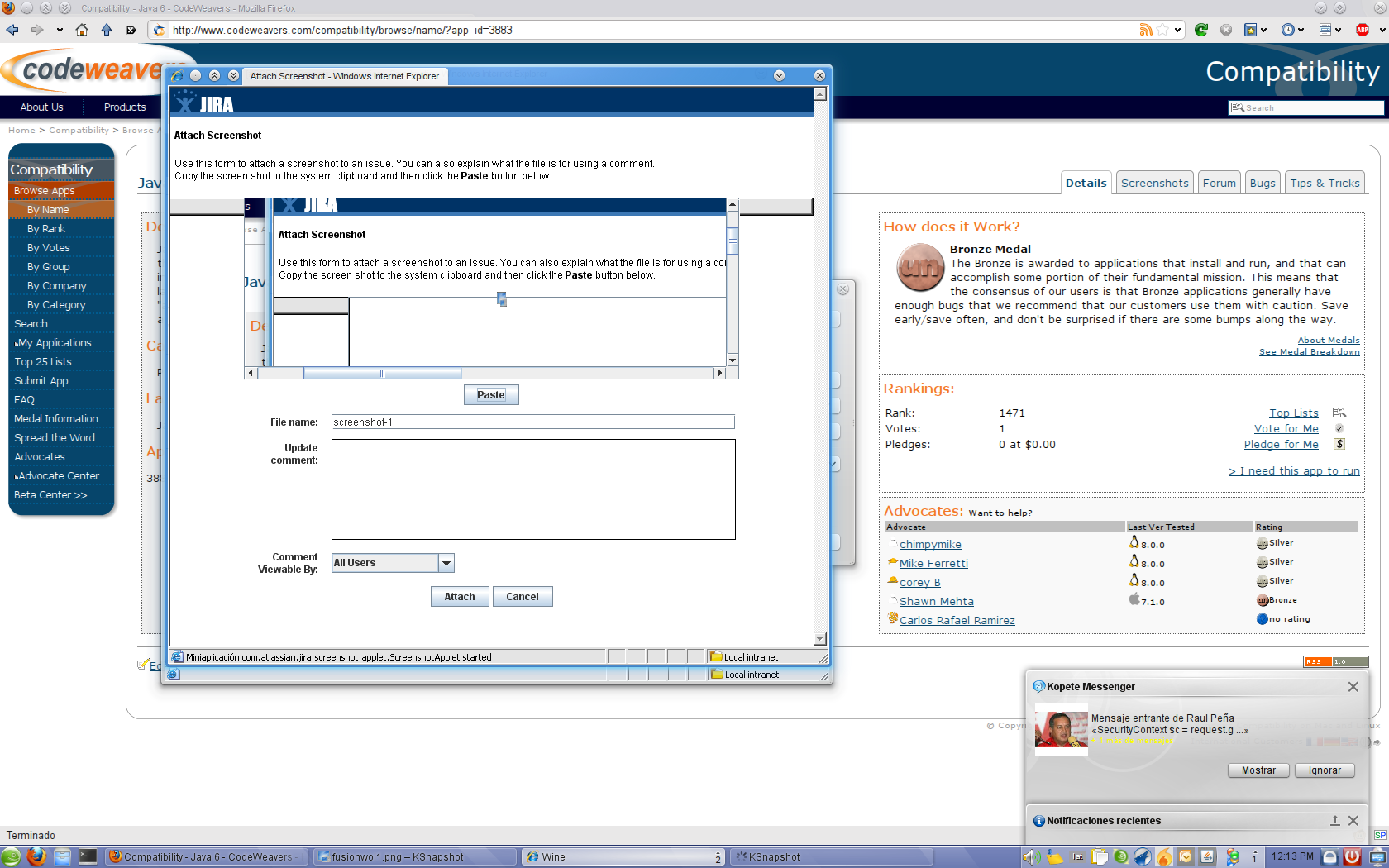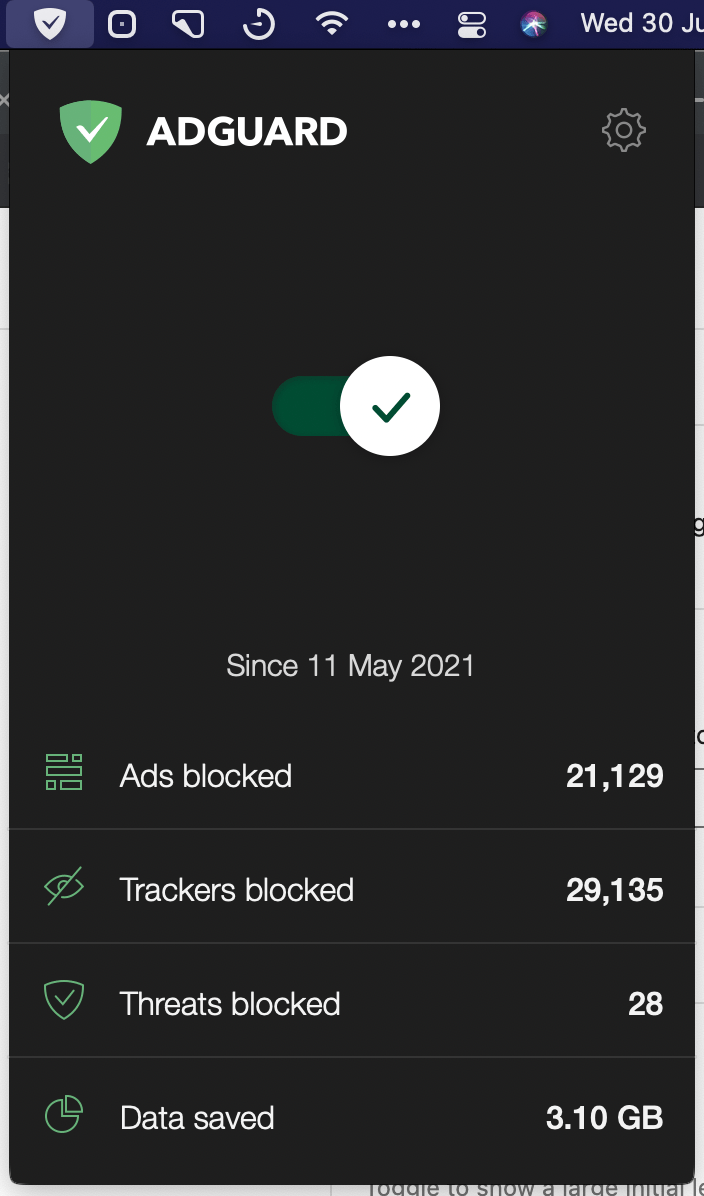
The worker process can start with or without specifying the number of resources. The actual processing of data in distributed manner occurs in these executors. The worker process launches the executors for task executions. To view the Spark Web UI, open a web browser and go to Launch the worker process Use the following command to start the master process.

Use the following command to set SPARK_MASTER_HOST as localhost. The SPARK_MASTER_HOST can be changed by updating the system’s environment variable. SPARK_MASTER_PORT: It is the port number to communicate with the master process. The default value is the machine’s hostname. SPARK_MASTER_HOST: It can be a DNS, hostname, or IP address. These values should exactly match while the worker process is registered in the cluster and the job is submitted to the Spark cluster. The master process is identified by the SPARK_MASTER_HOST and the SPARK_MASTER_PORT. We will first launch the master process and then will launch the worker process. The workers are responsible for launching executors for task execution. It accepts the applications and schedules resources to run those applications. The master acts as a resource manager for the cluster.

It consists of master and slave processes to run the Spark application. The standalone cluster mode has a master-slave architecture. The cluster will be able to run Spark applications written in Java/Scala.Ĭheck the correct installation of java 8/11.ĭownload the Apache Spark distribution file from the Apache Spark downloads page.Īfter this, let’s launch the standalone cluster. We will create a local installation that is sufficient enough to launch a small Spark Standalone cluster and run jobs on small datasets using a single machine. Please refer to the latest Python Compatibility page for Apache Arrow. Requires compatible Scala versions according to the distribution. It should be either installed in the system PATH or the JAVA_HOME must be pointing to the java installation directory.Support for Java 8 versions prior to 8u92 have been deprecated from Spark 3.0.0 onwards.For Java 11, =true is required for using Apache Arrow Library. We have gathered the following information regarding the supported JVM and languages from Apache Spark official page(). To run the applications written in Python or R, additional installations are required. A compatible Java virtual machine (JVM) is sufficient to launch the Spark Standalone cluster and run the Spark applications. Prerequisites For Apache SparkĪpache Spark is developed using Java and Scala languages. Also has Spark Streaming for data stream processing using DStreams (old API) and Structured Streaming for structured data stream processing that uses Datasets and Dataframes (newer API than DStreams). Spark also provides a higher level of components that includes Spark SQL for SQL structured data, Spark MLlib for machine learning, GraphX for graph processing.
#Spark for mac set default browser driver#
Capable of batch and real-time processing it provides high-level APIs in Java, Scala, Python, and R for writing driver programs. It is an open-source distributed computing framework for processing large volumes of data.

#Spark for mac set default browser how to#
You will also find out how to submit the Spark application to this cluster and submit jobs interactively using the spark-shell feature. I’ll also talk about how to start and stop the cluster. In this blog, I will take you through the process of setting up a local standalone Spark cluster.

With its in-memory computation capability, it has become one of the fastest data processing engines. It is one of the most popular Big Data frameworks that can be used for data processing. Since the release of Apache Spark, it has been meeting the expectations of organizations in a great way when it comes to querying, data processing, and generating analytics reports quickly.


 0 kommentar(er)
0 kommentar(er)
